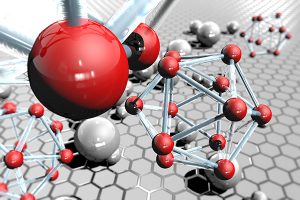Catalysts
In the characterization of catalysts (heterogeneous catalysis) a differentiation should be made between the analysis of reactive sites, which are responsible for the catalytic effect, and the carrier material, the starting material and the intermediates. On the one hand, the classical BET surface area and pore analysis play a role as well as the application of specific temperature programmed reactions and the analysis of reaction products. However, one can also choose the separate analysis by physisorption (BET and pore analysis) and chemisorption. During the production process, particle analyses, density determinations and other analytical methods play also a role.
 Deutsch
Deutsch English
English
